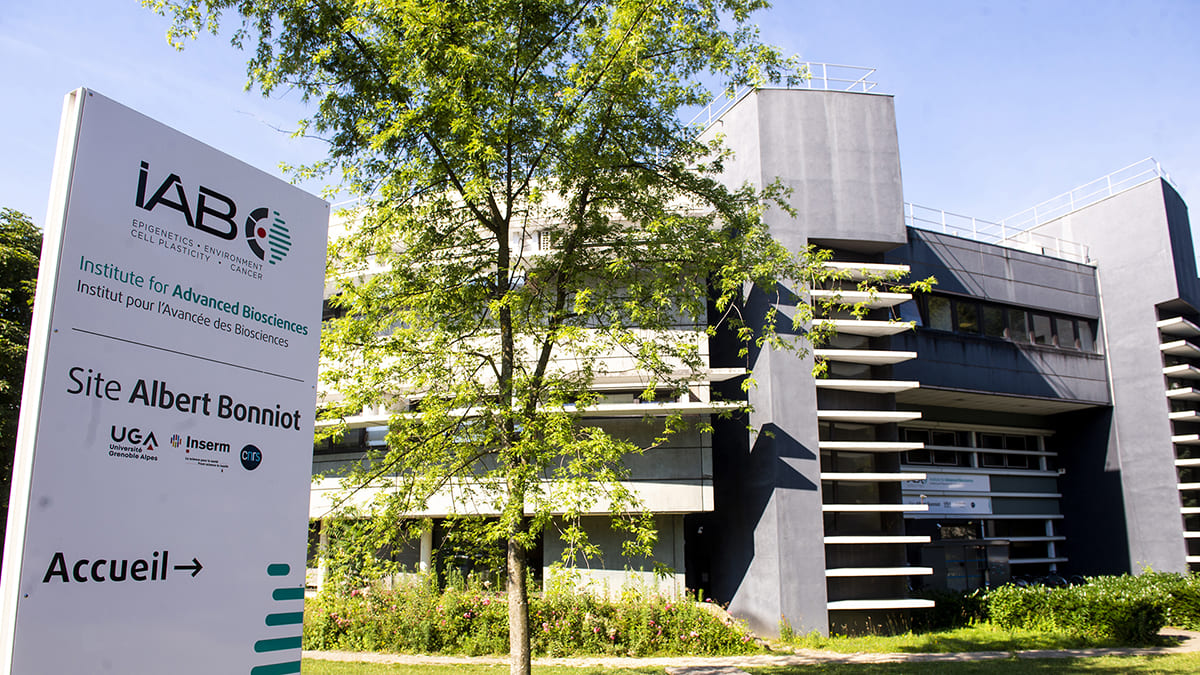
Model networks and nanoelectronics to study neurons plasticity and maturation on-chip
26/11/2024 11:00
Intervenant : Cécile Delacour, Institute Néel, Grenoble, France
For the past decade, we have been developing various tools to construct model neural networks onchip and to record their electrical activity at the scale of individual neurites and neurons. These devices are useful for probing the links that may exist between the organization and activity of cellular networks. We are particularly interested in the emergence of connectivity and spontaneous activity in neural networks, and how their architecture and environment can impact it. Recently, in microfluidic circuits, we have grown neurons extracted from the hippocampus (E16 mouse embryos), which are involved in memory and learning processes. These microfluidic neuron networks are aligned with arrays of microelectrodes and microtransistors (GFET) for the extracellular detection of the voltage activity. About 40 to 60 microsensors are positioned at predefined locations within the network, in the somatic chambers and along the axonal microchannels. Their synchronous and multisite detection allows to track the propagation of unitary spikes along the axons and to monitor the establishment of connectivity between neurons in centimeter size network. The analysis of the voltage time traces recorded during cellular maturation (DIV0-DIV15) shows a complex connectivity despite the network structuration, as well as an accelerated maturation which agree with previous structural studies. This approach opens many perspectives for probing the individual and collective properties of cell networks during maturation and learning process, but also small organelles (μm) that are barely accessible with electrophysiological approach.